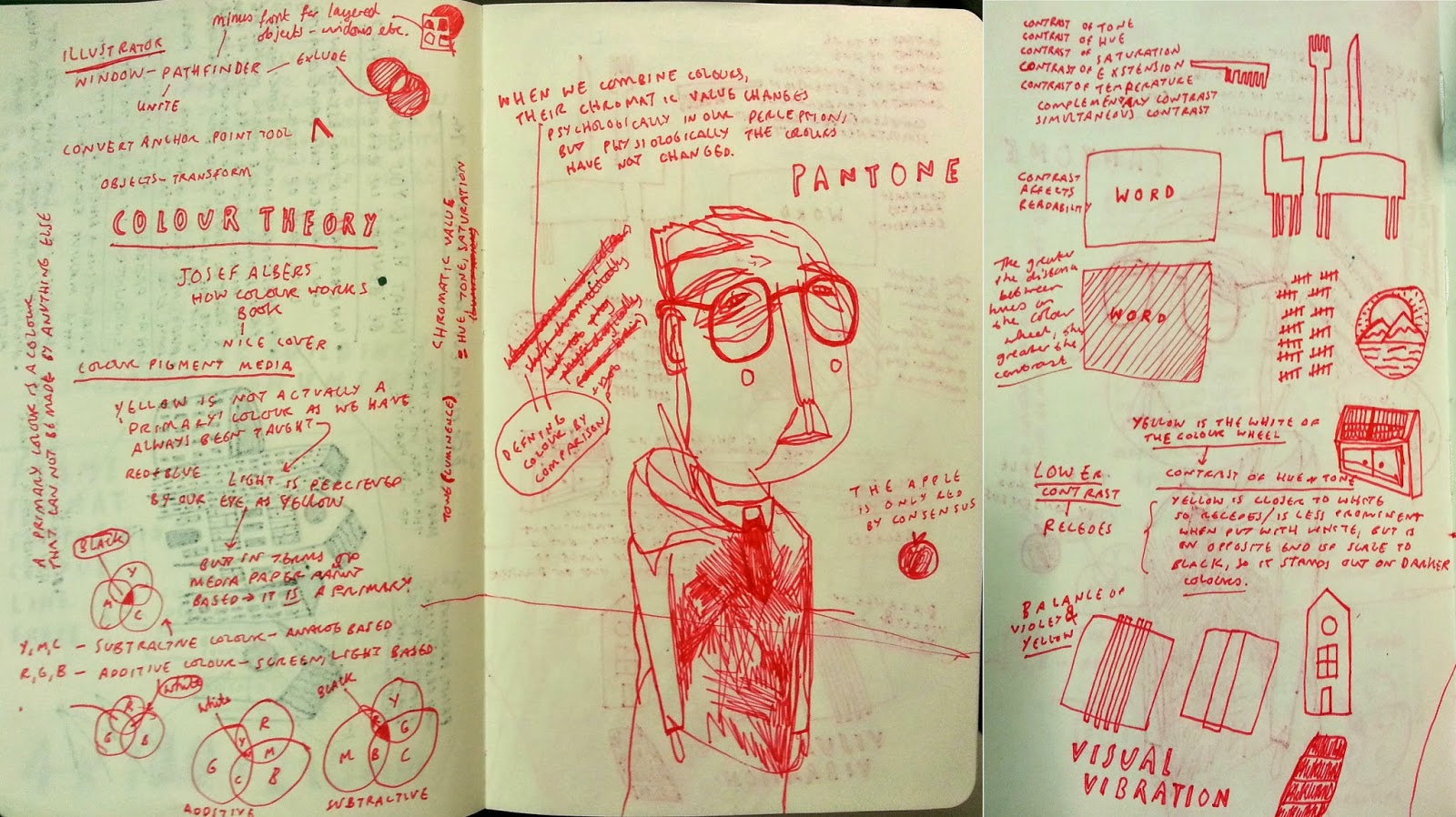I am really happy with what I have managed to achieve despite my setback, the series works well in terms of continuity and visual quality. I have taken the time to consider each element much more in depth and alter it accordingly. I feel as though I could take this way of working even further and create something much bigger and much more detailed than this, in future I will aim to manage my time better than I did on this project, to avoid the issues I had so late on.
Poster
I have employed the same techniques used to improve the face and created a new poster that depicts Gandhi giving away his only flip flop as a reference to the story from my research, where his footwear slipped off onto the train tracks and he decided to throw down his remaining shoe so whoever found them had a pair. I am pleased with the texture and contrast I have been able to create with the denim texture to show creases in the robe. It has been quite difficult trying to find areas of light and dark with the right transition/gradient for each layer. The face now includes the sides of Gandhi's hair, more detailed and three dimensional facial features and a revised colour palette. The white space works in creating a focal point, Gandhi comes to life and is not dulled down by his surroundings.
Postcards
The images are much lighter than before, this better communicates peace and freedom. The glasses are now a highlight and create a main focal point better than before. I have altered the prayer symbolism and made the left arm lighter, it was highlighted in the crit that the contrast in light and dark hands could be misread as equality. Cropping the face even further down works better in bringing the eyes to your attention - is much more dynamic and makes use of the wide dimensions of the postcards.
Stamps
The final stamps have also been reworked to fit with the new poster and postcards, they are no longer direct crops of the face, just individual symbols that I have created for the eyes. These work better since they come across as being considered and thought out and less of a copy and past job.






















































